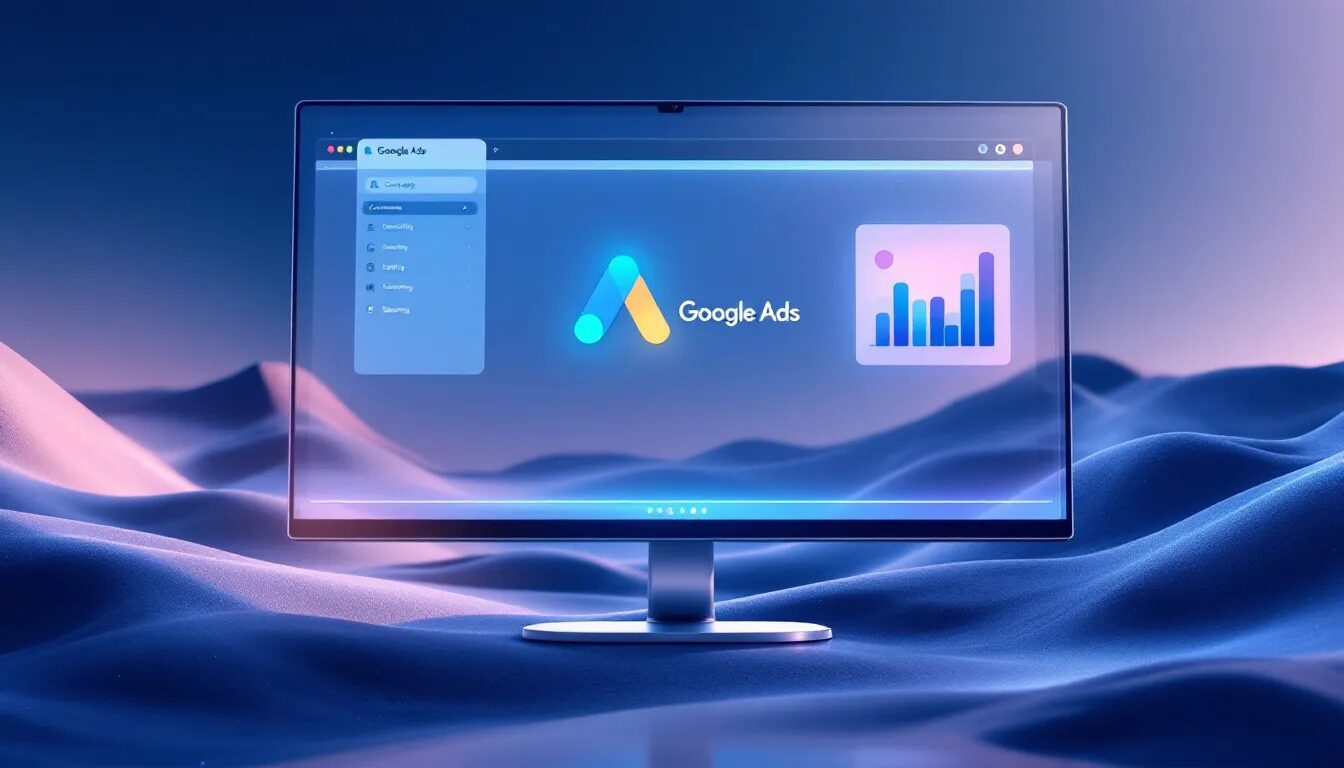
Promote Yourself Through Yourself: The Power of Virtual Reality Marketing Strategy
Have you heard of virtual reality?
New innovations come out every year with each discovery. Each milestone we make in the discovery of technology helps in making our lives easier. As our lives become more automated, many businesses also adapt to the new landscape.
One of the notable advancements in our time is Virtual Reality systems. This technology opened up new grounds for people to enjoy. In this environment, many businesses can also benefit.
Are you looking to integrate virtual reality into your marketing strategy? In this article, we show you how you can use a virtual reality strategy in your digital marketing campaign. Read on to find out more!
What Is Virtual Reality?
Virtual reality creates a simulated environment with computer technology. It places its users in the experience instead of using traditional interfaces. Instead of desktop and mobile screens, users acquire a head mount.
This displays a simulated environment where users can interact with 3D worlds. Virtual reality aims to replicate senses like vision, touch, hearing, and even smell. If you’ve heard of virtual reality, you may also be familiar with augmented reality.
The difference with augmented reality is that it creates artificial objects. It generates images and layers them over the user’s real world. Virtual reality technology creates a new world for the user to interact with.
Benefits of Virtual Reality Marketing
These systems are not only for entertainment. Many companies incorporated virtual reality and AR into their marketing strategies. Here are some reasons why you should add virtual reality to your marketing strategy.
Avoid Ad Blockers
More people have started adding ad-block extensions to their browsers. This prevents many companies from making an extra profit off of their digital ads. It allows you to counteract this phenomenon.
It creates a new environment and experience for your target audience. It immerses your customers in a new world to interact with your products. The new environment makes your audience more open and receptive to your content.
Give Unique Experiences
Customers are always on the lookout for innovative companies. Virtual reality gives you a platform to reach your target audience. Giving them a unique experience allows you to deepen your bond.
Many consumers have become accustomed to social channels and traditional ads. With virtual reality, you can give them a new experience. It excites the audience and still allows you to complete your brand goals.
Examples of Virtual Reality Marketing
While new to eCommerce, virtual reality marketing is a growing trend among business owners. Here are some ways industries use the tech to boost engagement.
Tourism
Virtual reality is a powerful tool in the tourism industry. It allows businesses to give their customers a peek into flights and hotel rooms. It allows you to immerse your users into a potential experience you can offer them.
Virtual reality captures what you hope to achieve when delivering to your users. Many marketers upload 3D videos of their content. You can also use a headset like the Oculus Rift to try out a new location.
Real Estate
Looking for a potential home online is often limited to view only. Many platforms don’t offer walkthroughs of their homes. Today, realtors are adapting to virtual reality technology to map homes for potential clients.
Virtual reality platforms offer users a near-real life experience when viewing a real estate home. This also applies to home improvement with big names like IKEA. Home improvement virtual reality offers users a chance to try projects if they don’t feel confident doing it alone.
Retail
Many consumers have moved to online means to do their shopping. Since the pandemic, eCommerce has become the go-to for most browsers. However, retail brand stores get the opportunity to connect with their users with virtual reality.
Companies use these systems to walk their customers through their stores. Adding unique factors to your simulation creates a powerful story of your brand. This encourages users to check out the physical store and try the experience there.
Tips for Using Virtual Reality Marketing Strategy
Adapting a new marketing strategy could deter some companies. However, with the right guidance, you can use marketing to your advantage. Depending on your industry, this type of marketing can be a great way to segment business growth.
Here are some of our tips for adding this type of marketing to your strategy.
Make Interactive Experience
Virtual reality experiences are ineffective if they aren’t interactive. The goal of any campaign is to immerse a viewer into a new world. Focus on making an interactive experience for your viewers.
You don’t need to give your users controllers to interact with your environment. To give a good experience, give your users an activity. Allow them to try products for themselves instead of observing.
Keep Ads Short
The length of an ad contributes to a user-friendly experience. Most companies offer virtual reality experiences at tradeshows and events. If you’re expecting foot traffic at your event, keep your experience between 4 to 8 minutes.
Simplify Experience
The key to delivering a good user experience is keeping things simple. Virtual reality is still a new technology that many are not used to. Bombarding your virtual environment could overwhelm your users.
An interactive element is good for virtual reality experiences. However, adding too much could only hurt the user experience. Keep your content interactive and engaging but simple.
Text and Audio
Many companies focus on giving a visual experience. Virtual reality simulations are better with text and audio. It adds to the immersive quality of your content.
This allows your users to orient themselves within the virtual environment. It makes the experience universal and open to all age groups. It also makes the experience more inclusive to all experience levels.
Avoid Fast Edits
Quick cuts and fast motion are popular in traditional video marketing. However, this could impact the success of your ad. Jarring movements can cause motion sickness and overwhelm your users.
Promote Yourself Through a Virtual Reality Marketing Strategy
Looking to incorporate virtual reality into your marketing strategy? Here’s our quick guide to understanding the technology. Keep it simple, stick with slow edits, use both text and audio, and ensure it’s an interactive experience.
Looking for more ways to grow and improve your strategy? Contact us today!
© 2020, Chris Duncan. All rights reserved.



